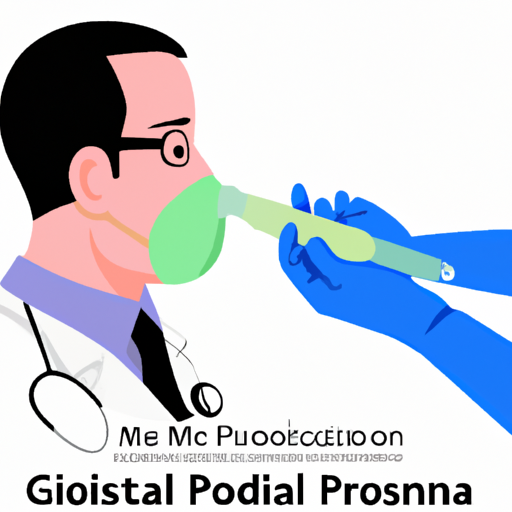Introduction
Testing for gastric residual volume is an essential procedure in the medical field, particularly for patients who are receiving enteral nutrition or undergoing gastric decompression. This comprehensive guide will walk you through the steps involved in testing for gastric residual volume and provide valuable insights into the process.
What is Gastric Residual Volume?
Gastric residual volume refers to the amount of fluid and food remaining in the stomach after a previous meal or feeding. It is an important indicator of gastric motility and can help healthcare professionals assess the effectiveness of enteral nutrition or identify potential complications.
Why Test for Gastric Residual Volume?
Testing for gastric residual volume is crucial for several reasons. Firstly, it helps determine if the patient is tolerating enteral nutrition adequately. High residual volumes may indicate delayed gastric emptying or impaired motility, which can lead to complications such as aspiration pneumonia. Secondly, it allows healthcare providers to adjust feeding rates and make necessary interventions to optimize patient care.
Step-by-Step Guide: How to Test for Gastric Residual Volume
1. Gather the necessary equipment: You will need a syringe, a feeding tube, gloves, and a measuring container.
2. Explain the procedure to the patient: Obtain informed consent and ensure the patient understands what will be done.
3. Position the patient correctly: Place the patient in a semi-Fowler’s position to facilitate the procedure.
4. Prepare the equipment: Put on gloves and connect the syringe to the feeding tube.
5. Aspirate the gastric contents: Insert the feeding tube into the patient’s stomach and gently aspirate the gastric contents using the syringe.
6. Measure the residual volume: Transfer the aspirated contents into the measuring container and record the volume.
7. Assess the residual volume: Compare the measured volume with the expected residual volume based on the patient’s condition and feeding regimen.
8. Take appropriate action: Consult with the healthcare team to determine if any adjustments to the feeding plan or interventions are necessary based on the residual volume.
Precautions and Considerations
– Always follow proper infection control protocols and maintain a sterile environment during the procedure.
– Ensure the patient is comfortable and reassured throughout the process.
– Document the procedure accurately, including the date, time, and volume of gastric residual.
– Regularly assess the patient for signs of complications or intolerance to enteral nutrition.
Conclusion
Testing for gastric residual volume is a vital aspect of patient care in the medical field. By following this comprehensive guide, healthcare professionals can accurately assess gastric motility, optimize enteral nutrition, and prevent potential complications. Remember to always adhere to proper protocols and consult with the healthcare team when necessary.




